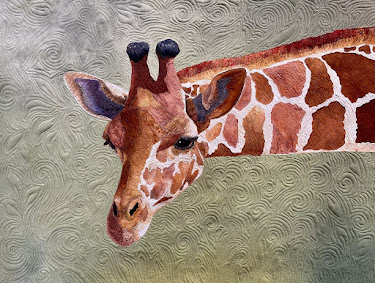My search was on to find an artist whose works, or some portion, portrayed winter and the holidays in a classic manner. I had almost given up when I discovered William Hays (1956-)
Hays was already mastering oil and water color painting by the age of 15. About 2007, he began teaching himself linocut and woodcut printing. He enjoyed printing so much that he moved away from painting to exclusively creating in print.
In spite of the technical challenges and limitations of printing, he comments that he has,"made it part of my vocabulary over time." Hays appreciates the meditative time that creating print blocks provides. (I thought the same when I was carving wood blocks for a print class.)
His inspiration for his works is found in the outdoors. For this blog, I've chosen some of his prints of winter - something he knows very well having lived in Alaska and now making his home in Vermont. However, his prints are so beautiful that I know there'll be a future blog about the other seasons he's captured.
Hays is definitely a print master, who is deservedly recognized nationwide.





















































